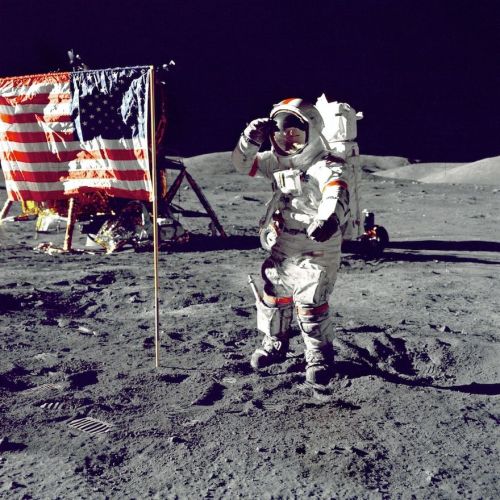Although the name of the moon comes from the giant Enkelados, who was crushed by Zeus in Sicily, the moon itself is relatively small. Its small size is compensated by its interesting geological structure and potentially favorable conditions that could support the emergence of life. Enceladus was carefully studied by the Cassini probe, which flew by it 22 times, including once coming within 50 kilometers of the surface. Saturn's moon is strewn with geysers that eject ice and organic compounds into space. Enceladus also boasts an ice volcano.
The ejected material rises to an altitude of 1500 km above the moon's surface.
This material also reaches Saturn's atmosphere, where water from the Enceladus eruption can be found.
The probe, moving at a speed of 35.000 km/h, examined the composition of the material ejected by the geysers.










